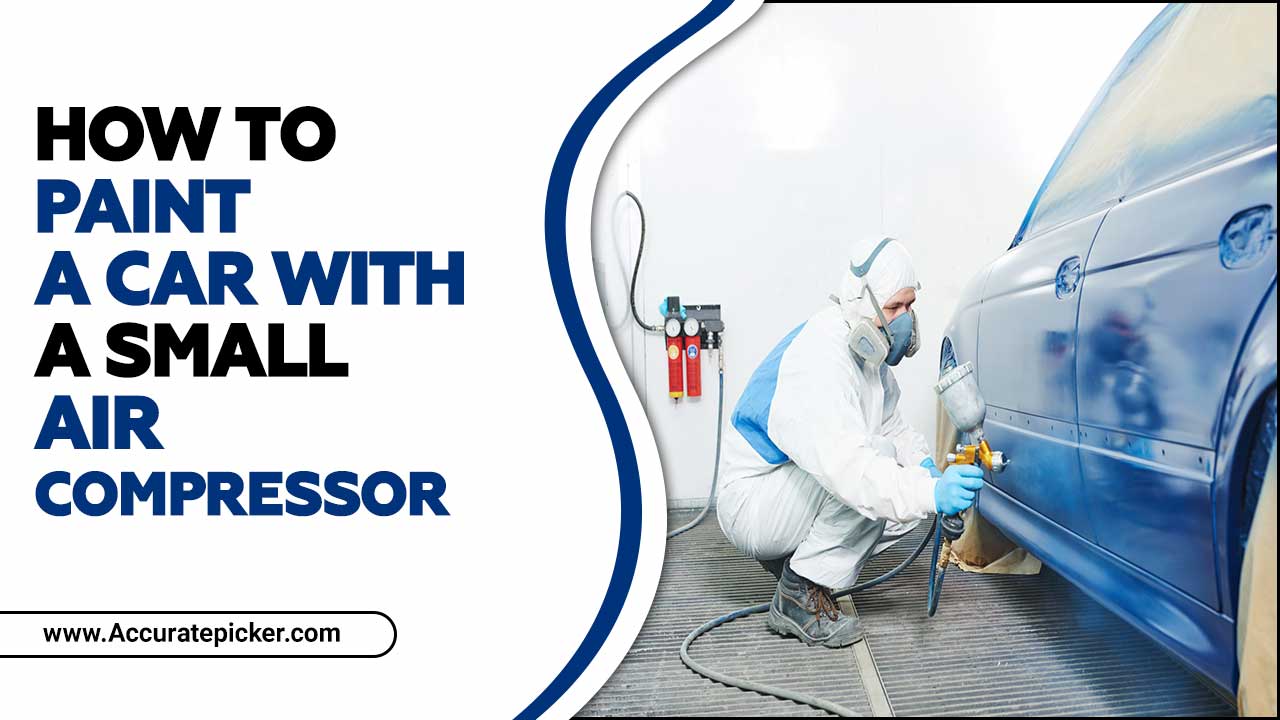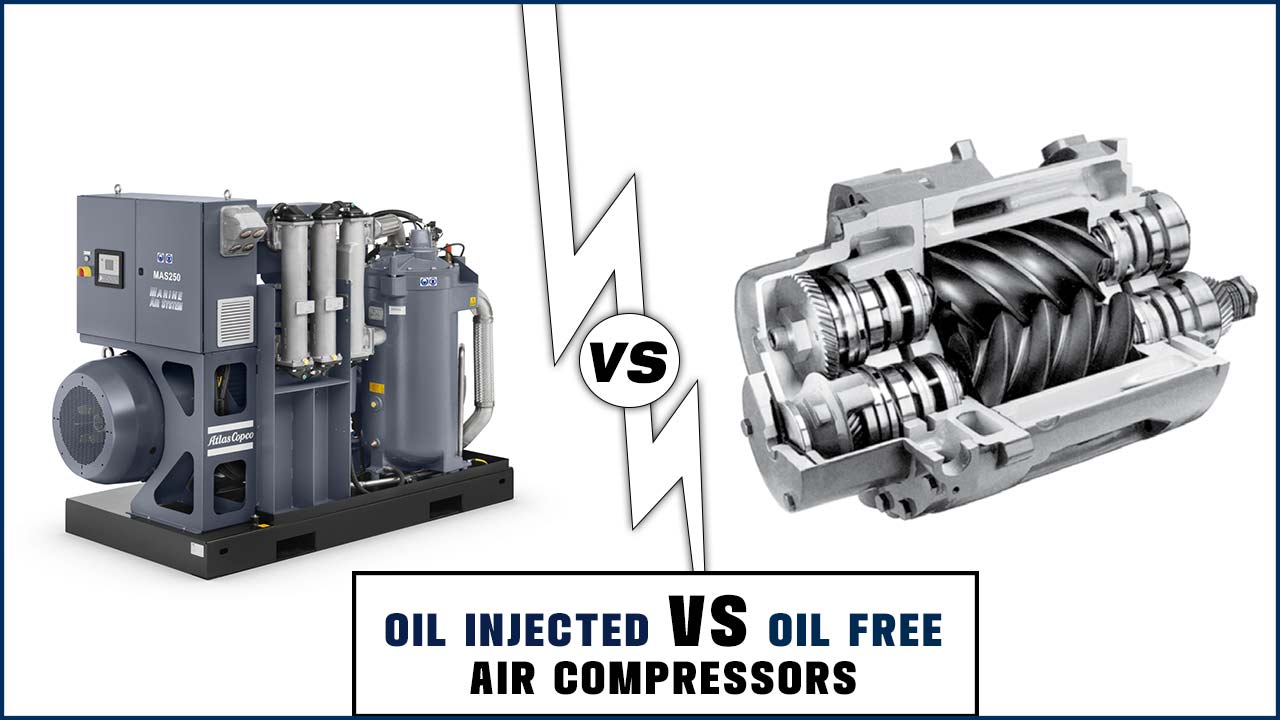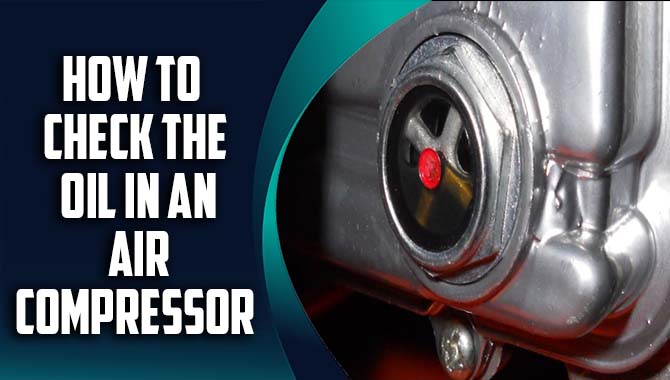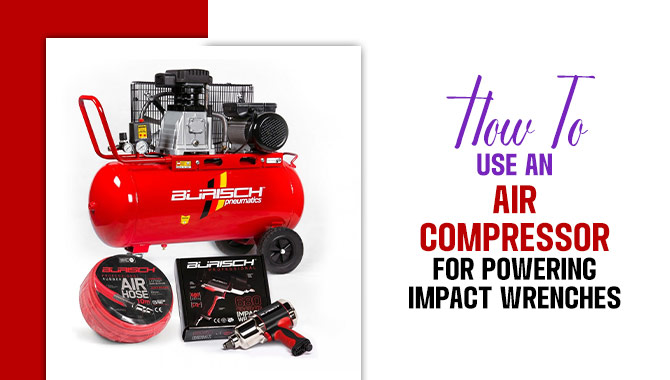When it comes to painting, we expect the finishing should look silky smooth. There are a few ways of applying it. The old-school way is to grab a paintbrush and start painting.
But now, there are paint sprayers that get the job done very efficiently. So, how to spray oil based paint? Spray painting allows one to obtain an even coating, also a sheer finish. Oil paints are denser in comparison to water-based paints. That is why oil paints may be harder for spray guns to disperse into small molecules.
Still, you can apply oil-based paint through a spray gun. Some modifications need to be done to the paint when fed into the sprayer. We will discuss these modifications so you can get the even coating of a spray gun.

What Is Oil Based Paint?
Oil-based paints are formulated based on petrochemical solvents and mineral spirits. It is available in two types. One is Alkyd, a synthetic version. The other one is linseed, natural oil. The former type is more available, cost-effective. Therefore, it is more popular among consumers. Oil paints are self-leveling, thus no need to worry if slight unevenness occurs.
Preparation For Painting A Piece Of Furniture
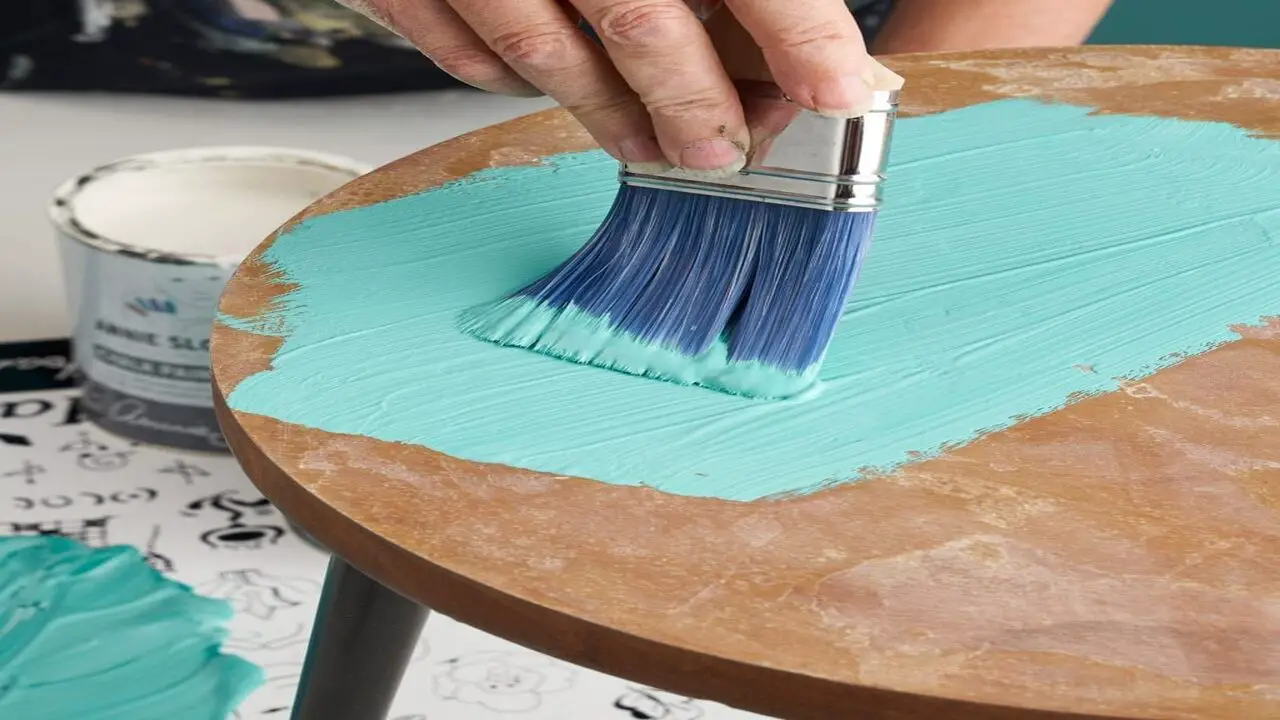
- Get acquainted with your equipment before the actual application. First, rehearse on a piece of lumber, then apply to the actual workpiece.
- The spray gun and the compressor is slightly complicated to get used to. Set them to the right amount of fluid and air mixture called atomization, with the adjustment knobs. Attach the compressor to the spray gun.
- Hang tarpaulin around the workstation to protect the walls and surrounding objects.
- Clean the head with a thin twisted brush. Add turpentine to the head to clean it thoroughly.
- sand the wood before primer application.
- Mask your furniture where you don’t want the paint to reach.
- Add primer before painting. Then let it dry. It is best to use oil-based primers for oil-based paints. There is a chance that if the water-based primer is not dry enough, it might bleed through.
Paint Preparation
You must think of oil-based paint before using it in a spray gun. There are thinners available like mineral spirit, turpentine, and lacquer thinner.
1.Pour The Paint Into The Container
While you pour the paint into the container, take note of the calibrations to not overflow after adding thinner.
2.Now Add The Thinner Of Your Choice
This ratio mainly depends on the manufacturer’s recommendation. It should be mentioned on the label or the manual provided with the purchase. Although, there is a general directive of mixing oil-based paint for HVLP spray guns. That is to remove one and a half cups of paint from a gallon and then adding one and a half cups of mineral spirits or turpentine to it.
3.Stir The Paint With A Wooden Stick
Stir it thoroughly for an even distribution of thinner. Otherwise, some parts will remain dense, and some parts will become runny. If the paint dribbles down from the stick with ease, the paint is ready.
4.Stain The Paint
Do not skip this step. This is a must when using a spray gun. Strain the paint with a medium mesh strainer. Some companies provide the filter and cleaning utensils with purchase.
Test Run
Test the paint’s consistency by adding a little bit to the sprayer and spray it out. If it gives off the right amount of mist, then start painting. But if the outcome is not according to your liking, you can add more thinner or hardener to the paint.
Put the mixture can get into a hot water bath. This will prevent the oil paint from hardening. It keeps the paint viscous. Try to use the paint within a reasonable amount of time after mixing the thinner. Remember to put on a lid. The lid will prevent moisture loss and film formation on top of the paint. Now, it’s time for the main operation!
How To Spray Oil Based Paint? Step-By-Step Guide

Here’s the complete procedure –
- Pour the thinned paint into the canister.
- Near the house, there is a pressure meter. Adjust it according to the sprayer trigger.
- Keep a heating system close to the furniture that you are going to paint. It will help the paint adhere better to the primer.
- Now adjust the front knob, also known as the horn. This is where the paint comes out vertically or horizontally. Alter according to your need.
- If you are painting vertically, start from the bottom to the top. Then for the next portion, overlap the first portion, almost by fifty percent. Overlapping is significant when you are spray painting. If you don’t overlap, there will remain some blind spots.
Again if you are painting horizontally, start from the left towards the right. It gives you more control over your arms flow, and the lines are more straight. When spray painting, a professional tip is to move your entire arm, not your wrist.
When you are done with your first layer, let it dry. The characteristics of oil paint are, it takes a lot of time to dry. So, patience is the key. Touch the paint to check if it’s dry. Then put on another coat of paint.
Useful Suggestions
The oil based paints have potent fumes. This is due to the high VOC content in them. So it is best to wear a respirator while working with oil paint. Also, wear protective glasses and gloves while painting. When thinner is added to oil paint, it becomes more viscous.
Although the fluidity of paint is increased, the shine and glossiness decrease. If the paint is too dense, it loses its shine. The furniture will look flat and grainy. If too much hardener is used, the oil paint will give a gorgeous shine. But it will not disperse into a fine mist. It will be heavy and runny.
So the trick is finding the right texture by experimenting. Keep track of how much thinner you are using. The records will expedite your next project. The type of spray gun you choose is going to determine the results of your project. The conventional spray gun has its canister below the spray.
This is not the best option for oil-based paints because it wastes a lot of paint and is not environmentally friendly. There is another spray gun nowadays. It is the HPLV (low high-pressure volume) paint sprayer. The sprayer uses gravity to pull paint into the spray and mixes it with air. It is the best option for oil-based paints.
The opening where the mist comes out is called the head. Experts suggest, for oil paints, a 2.4 mm head or something around 2.4 mm is best. It can create a good mist and painting precision. Also, it provides the right amount of thickness for the individual layer. You can also apply heat to increase the viscosity of the paint.
Place the paint in hot water for 30 minutes before opening. Then shake the can. For some paints, this trick works, and you do not need as much thinner as you would if it were cold. This is to only lessen the amount of thinner because thinner reduces shine.
Conclusion
Now that your paint job is done let it dry and further seal it. It is essential to clean up afterward. Use mineral spirits to wipe away any paint residue in unwanted places. Also, clean the sprayer and preserve the paint in an air-tight container. So, it is time for you to get going on your spray painting project that you have been putting off for later. Happy painting! I hope now you know how to spray oil based paint.


